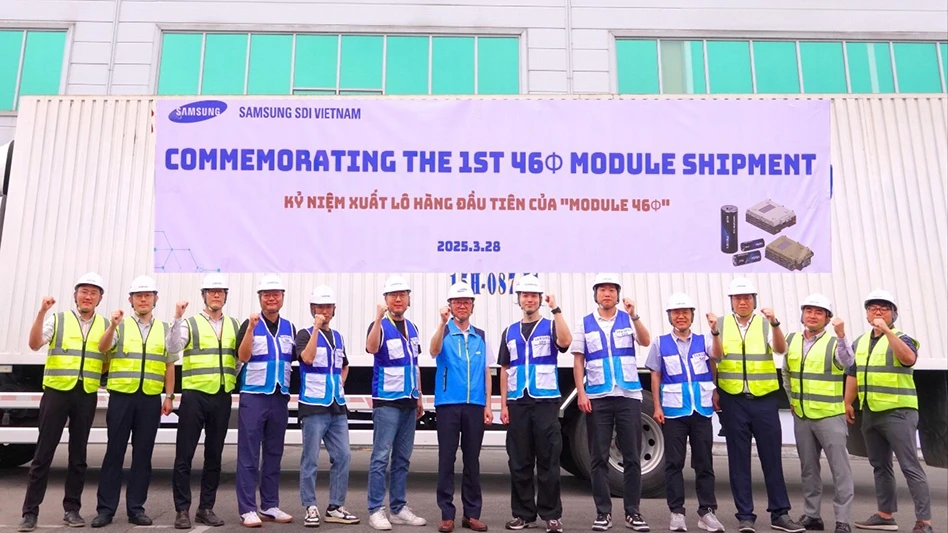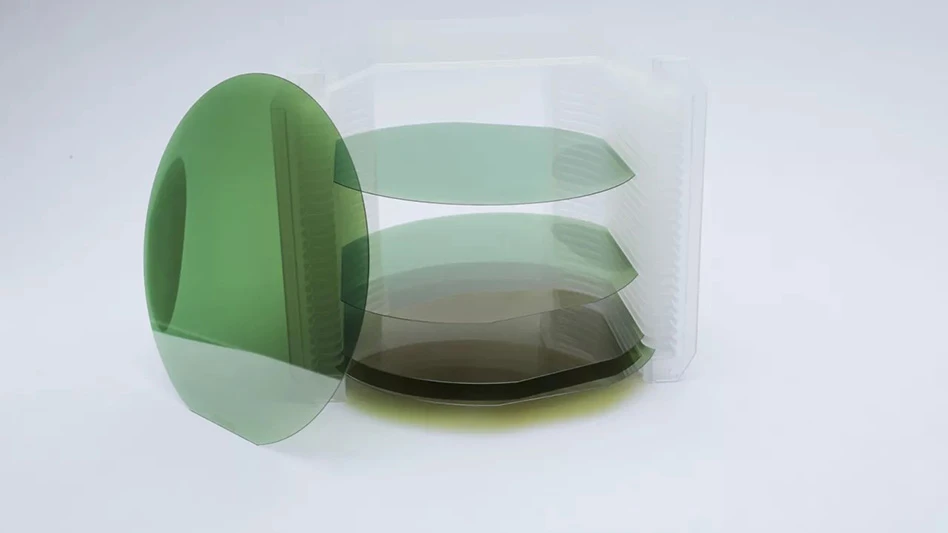
CREDIT: VIANODE
Vianode, an advanced battery materials company, launched a high-performance solution based on recycled graphite as part of its next-generation material series. The product is based on recycled battery-grade graphite and designed to meet growing demand for sustainable electric vehicle (EV) and battery manufacturing.
“Vianode is a driving force in sustainable production of batteries and battery materials, with localized production close to customers. Our new recycled product completes the graphite loop in battery production, reducing reliance on virgin materials. It is a leap forward in making EV and battery production significantly less resource-intensive,” says Dr. Stefan Bergold, chief commercial officer at Vianode.
Recycled graphite will enable North American and European battery and EV manufacturers to reduce dependency on imported materials and align with U.S., Canadian and EU regulations that promote the use of domestic feedstock. The new product also supports the EU’s target of achieving 25% recycling of synthetic graphite by 2030.
Anode graphite makes up the largest part of lithium-ion batteries by weight, typically around 70kg of graphite per EV. With conventionally produced anode graphite responsible for 20% of battery cell emissions on average, the reduction of these during production is one of the most urgent challenges for the EV and battery industry.
Vianode's Via ONE is a sustainable full-scale synthetic anode graphite plant. In 2024, it began production with a record-low climate impact of 1.9kg CO₂ equivalents (CO₂e) per kg of graphite. This equals a more than 90% reduction in emissions compared to conventional production.
Vianode’s new recycled graphite material represents the next step towards achieving the emission target of 1.0kg CO₂e per kg graphite by 2030 through more efficient production and material use. For automotive and battery manufacturers, the new product enables electric vehicles with lower emissions from its production process and enhanced battery efficiency, including faster charging and increased range.
In anode materials, there is a distinction between synthetic and natural anode graphite which are commonly used together in lithium-ion batteries. Vianode produces sustainable synthetic anode graphite through a proprietary high-temperature process, while natural graphite is mined from carbon-rich rock formations.
“Vianode’s proprietary recycling process enables us to recover both types of anode graphite, thereby limiting the environmental challenges traditionally associated with sourcing natural graphite. We retain the natural graphite content and enhance product quality through improved homogeneity and customized performance specifications to meet specific customer requirements,” comments Bridget Deveney, VP Product Development and Applications at Vianode.
The Vianode Technology Center in Kristiansand, Norway, is currently researching more recycled products with the aim of creating the most sustainable anode graphite and enabling a truly circular North American and European battery value chain.
Product samples and technical data sheets are now available for customer evaluation.
Latest from EV Design & Manufacturing
- US electric vehicle sales start off strong in the first quarter of 2025
- SES AI launches battery material discovery software and service platform
- ChargePoint develops high-speed AC Level 2 electric vehicle charging capabilities
- Vibracoustic designs air springs suited to electric pickup trucks
- #57 - Manufacturing Matters - Agile & Robust Supply Chain Management with Lisa Anderson
- Electric motor prototype addresses issues related to environmental impact of EV materials
- Take control of your manufacturing business despite supply chain turmoil
- Strengthening the defense maritime industrial base for national security, economic resilience





